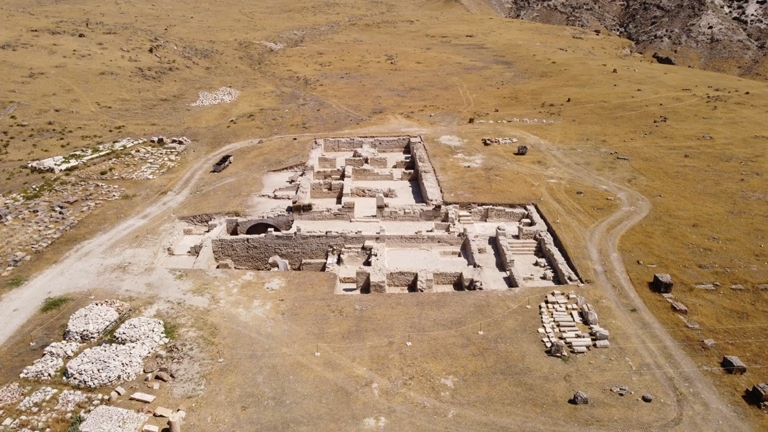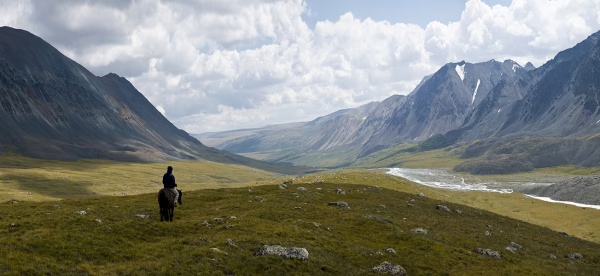A quartz chopper discovered along the Kashafrud River in northeastern Iran has been dated to approximately 700,000 years ago, offering one of the earliest known examples of human activity in the region.
The tool, attributed to the Lower Paleolithic period, was uncovered during geological surveys conducted between 1974 and 1975 near the villages of Abravan, Chahak, and Baghbaghu in eastern Mashhad. It features clear evidence of intentional flaking at one end, with several sharp-edged fragments removed—an indication of early stone tool technology.
Functional Design and Early Human Toolmaking
Quartz flakes typically produce sharp cutting edges, making this type of tool especially suitable for processing meat, skin, and plant material. The chopper reflects the functional and adaptive strategies of early hominins, likely including Homo erectus and possibly Homo heidelbergensis, in manipulating natural materials for daily survival.
Kashafrud: One of Iran’s Oldest Prehistoric Sites
According to geologist Claude Thibault, the gravel layer where the tool was found lies atop a thick sand bed—evidence of ancient shallow lake systems that gradually dried up over time. Stratigraphic analysis suggests human activity in the region may date back as far as 700,000 to 800,000 years ago, making Kashafrud one of the earliest known human settlement zones in Iran.
Now on Display at the National Museum of Iran
The artifact is currently exhibited in Showcase No. 1 of the Lower and Middle Paleolithic Gallery at the Iran Bastan Museum (National Museum of Iran) in Tehran. Three additional showcases in the same gallery feature Lower Paleolithic artifacts, including stone tools, faunal remains, and animal teeth.
These items were excavated from several key prehistoric sites across the country, including Gakia (Kermanshah), Darband-Rashi Cave (Gilan), Shiwatoo (Mahabad), and Ladiz (Sistan-Baluchestan). Dating from over one million to around 200,000 years ago, these findings provide crucial insights into early human behavior, tool use, and interaction with the environment.
Fossil remains from the Darband-Rashi Cave include teeth from deer and wild goats, as well as bones from an extinct species of cave bear—adding a broader paleoecological context to the technological finds.





